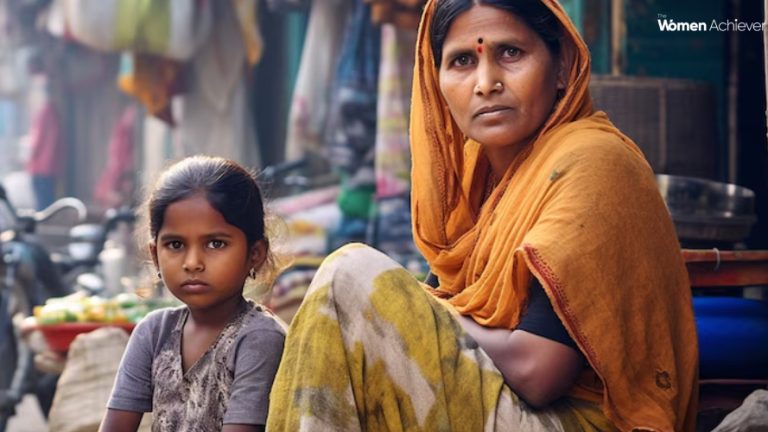Here’s about India’s Digital Divide: Tribal Women and Rural Areas Fall Behind
India’s abrupt digital revolution has redefined communication, government, and opportunity-for some. For citizens in rural areas and millions of tribal women, the digital age remains out of bounds.
Despite such flagship programs like Digital India, there is still patchiness of internet penetration, device penetration, and digital literacy. Patchiness of network connectivity in rural areas, the unaffordability of smartphones, and women’s low literacy rate form a wall in front of the communities to reach the world of the internet.
To women in tribes, the problems run much deeper to systemic exclusion, cultural resistance, and denial of access to technology. As urban India goes shopping online, gets telemedicine consultations, and learns in digital classrooms, these women cannot even charge a mobile phone.
Why It Matters
This is not just a matter of technology-an issue of social justice. Access to the internet today means access to education, financial services, healthcare, and government programs. Digital exclusion has the potential to leave rural and tribal communities further and further behind in India’s development story.
The Key Challenges:
Infrastructure Imbalances: Prolonged electricity and good mobile coverage are not available in most villages.
Affordability: Mobile data and smartphones remain unaffordable to low-income families.
Patriarchal Expectations: Women are dissuaded or banned from carrying cell phones in certain areas.
Language Expectations: The majority of the information that is on the web is either English or Hindi and this does not cover tribal communities with their own language.
Conclusion: India’s vision of a true digital future is impossible if its poorest citizens are left out. It’s not just a matter of connectivity-its a matter of equity, dignity, and access to get tribal women and rural communities on the digital revolution bandwagon.
By investing in last-mile connectivity, local content, women-inclusive digital inclusion, and community training, India can ensure that no one gets left behind.






Add comment